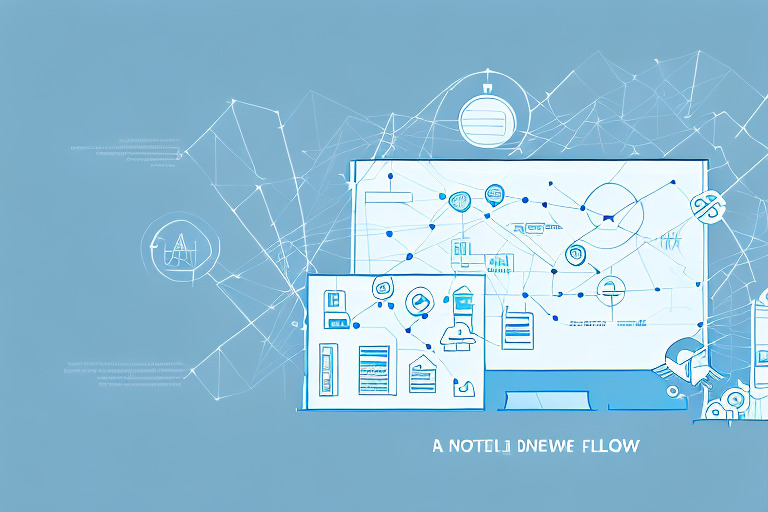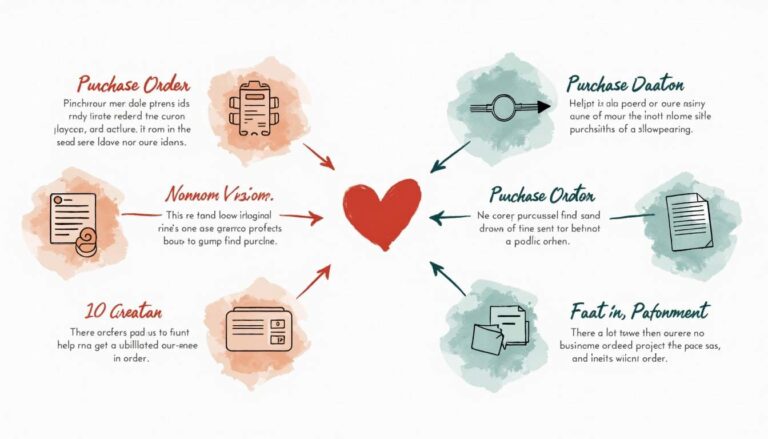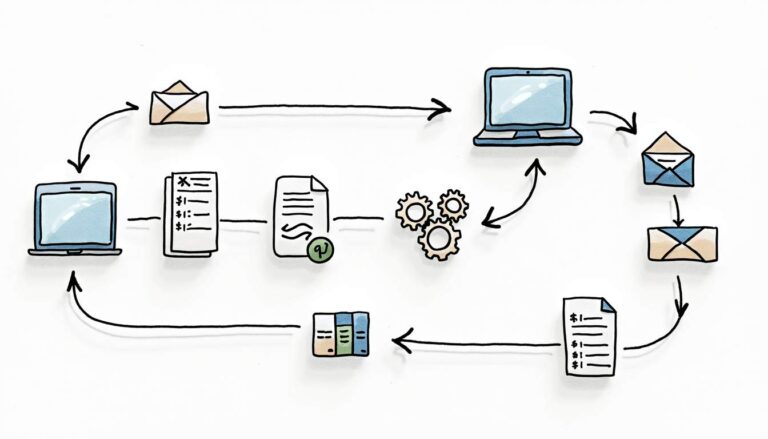In today’s rapidly evolving business landscape, streamlining operations is a top priority for many organizations. One area where automation can have a significant impact is in purchase order processes. Automating certain tasks associated with purchase orders can save your organization time and money, while reducing errors and improving supplier relationships. In this article, we’ll explore the benefits of purchase order automation, the steps required to implement it, and the key components of an automated purchase order system.
Understanding Purchase Order Automation
What is Purchase Order Automation?
Purchase order automation refers to the use of software tools and technologies to automate various tasks involved in the purchase order process. This includes generating purchase orders, sending them to suppliers, tracking orders, receiving and approving invoices, and more. An automated purchase order system can help eliminate manual tasks, reduce errors, and improve the efficiency of purchasing operations.
The Evolution of Purchase Order Processes
Traditionally, purchase orders were created manually using paper-based processes. This involved manually generating purchase orders, sending them to suppliers via mail or fax, and waiting for them to be filled. Once the orders were received, they had to be manually entered into the accounting or ERP system and tracked manually until the product or service was received and invoiced.
However, with the advent of technology, businesses began to automate parts of this process by using electronic purchase orders and EDI (Electronic Data Interchange) systems. While these systems improved efficiency, they often required significant upfront costs and technical expertise to implement.
Currently, the use of cloud-based software has made it easier and more affordable for businesses to automate their purchase order processes. This has led to an increase in adoption of automated purchase order systems across various industries.
Key Components of an Automated Purchase Order System
An automated purchase order system typically includes the following key components:
- Electronic Purchase Orders
- Order Tracking
- Invoice Automation
- Vendor Management
- Reporting and Analytics
In conclusion, an automated purchase order system can help businesses streamline their purchasing operations, reduce errors, and improve efficiency. With the use of cloud-based software, it has become easier and more affordable for businesses to implement automated purchase order systems. By including key components such as electronic purchase orders, order tracking, invoice automation, vendor management, and reporting and analytics, businesses can optimize their purchasing processes and achieve greater success.
Benefits of Implementing Purchase Order Automation
Implementing purchase order automation can bring numerous benefits to your business. In addition to the benefits already mentioned, there are several other advantages to automating your purchase order process.
Improved Visibility and Control
Automating your purchase orders can provide greater visibility and control over the entire procurement process. With automated systems, you can track the status of your purchase orders in real-time, from creation to delivery. This can help you identify potential bottlenecks and take corrective action to keep your orders on track.
Streamlined Approval Processes
Automated purchase order systems can also help streamline the approval process. With automated workflows, purchase orders can be routed to the appropriate approvers based on predefined rules. This can help reduce approval times and ensure that purchase orders are approved by the right people.
Better Financial Management
Automating purchase orders can also improve your financial management. By integrating your purchase order system with your accounting software, you can track expenses more accurately and easily. This can help you identify areas where you can reduce costs and improve your bottom line.
Improved Forecasting and Planning
Automated purchase orders can also help you improve your forecasting and planning. By tracking your purchase orders in real-time, you can better anticipate demand and adjust your inventory levels accordingly. This can help you avoid stockouts and reduce the risk of overstocking.
Enhanced Customer Service
Finally, automating your purchase orders can also help improve your customer service. By reducing errors and delays in the procurement process, you can ensure that your customers receive their orders on time and in the correct quantities. This can help improve customer satisfaction and loyalty.
Overall, implementing purchase order automation can bring numerous benefits to your business. From improved efficiency and accuracy to better supplier relationships and financial management, automated purchase orders can help you streamline your procurement process and improve your bottom line.
Steps to Implement Purchase Order Automation
Automating your purchase order process can save time, reduce errors, and improve efficiency. Here are the steps you need to follow to implement purchase order automation:
Assessing Your Current Purchase Order Process
The first step in implementing automated purchase orders is to assess your existing process. This will involve identifying any manual tasks and the associated costs and inefficiencies. You will also need to identify any pain points in the process and opportunities for improvement.
For example, you may find that your current purchase order process involves a lot of manual data entry, which is time-consuming and prone to errors. You may also find that there are delays in the approval process, leading to missed deadlines and unhappy suppliers.
Choosing the Right Automation Software
Once you have assessed your current process, you will need to select an automation software that fits your needs. Look for a solution that is flexible, scalable, and supports the features your business requires. Ensure that the solution integrates with other systems you use to maximize efficiency and minimize disruption.
For example, you may choose a cloud-based solution that can be accessed from anywhere, or a solution that integrates with your existing accounting software.
Integrating with Existing Systems
Once you have selected an automation software, you will need to integrate it with any existing systems you use. This may involve configuring databases, APIs, or other software integrations. Ensure that the integration is tested and functional before rolling out the new system.
For example, you may need to integrate your purchase order automation software with your inventory management system to ensure that you have the right amount of stock on hand at all times.
Training Employees and Suppliers
Implementing automated purchase orders will likely require training for your employees and suppliers. This may involve training on software usage, changes to existing processes, and new data requirements. By investing in training, you can help ensure that the new system is integrated quickly and efficiently and that your team is comfortable using it.
For example, you may need to train your purchasing team on how to use the new software and how to interpret the data it generates. You may also need to train your suppliers on how to submit invoices and purchase orders through the new system.
Monitoring and Optimizing the Automated Process
Finally, once the system is implemented, it is essential to monitor and optimize the automated process continually. Regularly reviewing and analyzing data can help identify areas for improvement and fine-tune the system to maximize efficiency and effectiveness over time.
For example, you may find that certain suppliers are consistently late in delivering goods, which is causing delays in your production process. By analyzing the data generated by your purchase order automation software, you can identify these suppliers and work with them to improve their delivery times.
Conclusion
Automated purchase orders can provide significant benefits to businesses of all sizes. By eliminating manual tasks, reducing errors, improving supplier relationships, and increasing cost savings, purchasing automation can streamline your organization’s processes and provide a competitive edge. With careful planning and implementation, automated purchase order systems can provide an essential foundation for growth and success in today’s competitive marketplace.
If are looking to automate your existing manual processes, get in touch with our experts to make the transition seamless. Book a personalized demo to see how it works.







